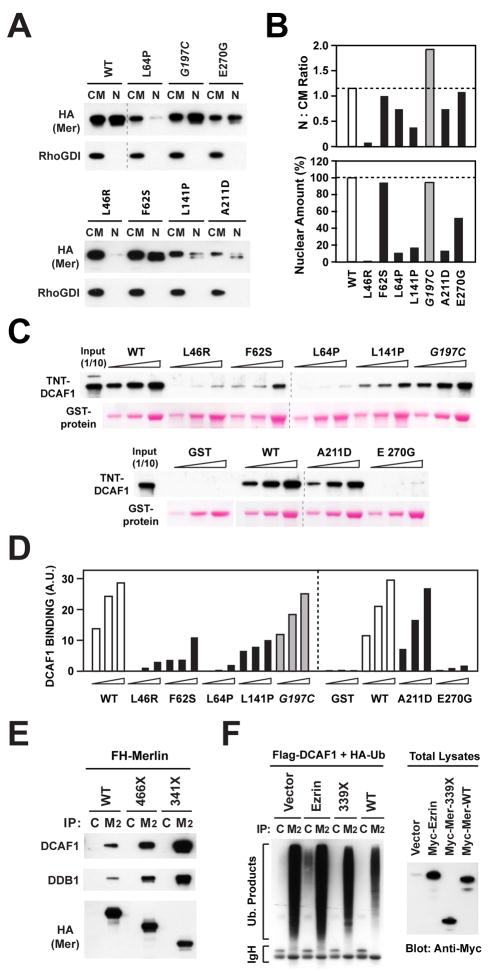Figure 6. Pathogenic Mutations Disrupt the Ability of Merlin to Accumulate in the Nucleus, to Bind to DCAF1, or to Inhibit CRL4DCAF1.
(A) Meso-33 cells were transiently transfected with FH-tagged versions of wild type Merlin or the indicated mutants and subjected to subcellular fractionation. Equal amounts of proteins from the non-nuclear (CM) and nuclear (NF) fractions were subjected to immunoblotting.
(B) The amount of Merlin or indicated mutants present in nuclear and non-nuclear fractions was estimated by densitometry of the blot in panel A. (Top) ratio of Merlin or indicated mutants present in nuclear vs. non-nuclear fractions; (Bottom) amount of each Merlin mutant present in the nucleus as a percentage over the wild type value.
(C) In vitro translated and TNT-labeled DCAF1 was incubated with 0.5, 1, and 2 μg of GST fusion proteins comprising the FERM domain of wild type Merlin or indicated mutants. GST-bound DCAF1 was detected by blotting with streptavidin.
(D) Densitometric analysis of (C). The graph shows the binding values in arbitrary units.
(E) Cos7 cells were transfected with the indicated FH-tagged forms of Merlin and subjected to immunoprecipitation with control (C) or anti-Flag Mab (M2) followed by immunoblotting.
(F) Cos7 cells were transfected with FH-DCAF1 and HA-Ubiquitin in combination with the indicated Myc-tagged constructs or empty vector and treated with MG132. Flag- or control-immunoprecipitates were immunoblotted with anti-HA (left). Total lysates were immunoblotted with anti-Myc (right).

